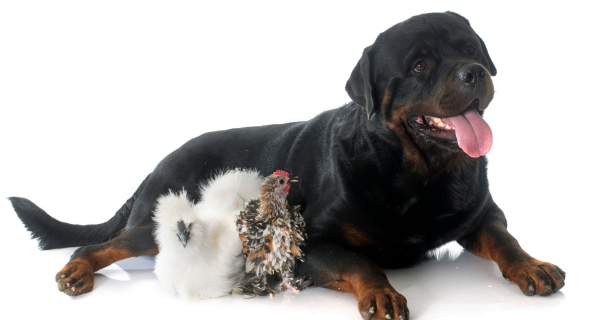
Written by Dr Harry Cooper for The Pet Directory

Animal ownership is undergoing a massive change. Forty years in veterinary practice is a long time, and over those years I’ve witnessed some dramatic changes.
In the mid sixties patients consisted mainly of dogs, to a lesser degree cats, and to a very minor degree, birds. The dogs were often large. This was the period of the Rottie, the Lab, the Retriever and the Setter. Dogs were fashionable. The ‘Marlboro Man’ always had an Irish Setter by his side, the David Jones Twinset Girl, an Afghan Hound. Dogs symbolized things. Smaller dogs were in the minority. Chihuahuas and Silkie Terriers ruled the Roost and Maltese were just coming into their own.

Cats were usually looked upon as not worth spending any real money on, if they become gravely ill; unless of course they were pure breeds, like the Siamese or the Persian. Birds were the Odd Budgerigar or backyard hen, usually presented with one foot and both wings in the grave, recovery rates were poor.
Our knowledge and more particularly our equipment was certainly in advance of James Herriot, but not in a measure of light years, general practice, like the one in which I grew at Gladesville, in Sydney, was a challenge and a chance to specialize. Thoroughbreds, Greyhounds, and Cage Birds became my main interests and with time the latter two took over. There was a need to know more about birds and their problems. We had all been schooled on poultry diseases as students at university, but comparing one little budgie in a cage with a flock of 10,000 chickens was a little daunting, and getting the dose rate of any medication anywhere near the mark, even more so.
In time as the practice and people’s lifestyle changed we saw a movement away from the large dog, to the more house friendly smaller breed. Cross breeds became more popular too. Cats suddenly increased in importance in direct antagonism to the campaign being waged against them. Burmese made massive leaps in popularity and rocketed to the ‘most popular cat’ status, Poodles, Maltese Crosses, and ‘Mini Foxies’ grew in popularity, and the Cavalier King Charles Spaniel assumed the title long held by the Labrador as ‘the most popular dog’. Suddenly we had behavior problems!
The Budgerigar soon began to give way to the Cockatiel and even more exotic species from overseas. Hand rearing came into its own, both as a means of raising rare and endangered species but also as a means of supplying the pet trade with birds already bonded to humans. The value of animals went up alarmingly. We as vets responded by massive improvements in knowledge, through the formation of state of the art clinics, staffed by specialist vets. Equipment and drugs made huge leaps forward and Australia was right up there on the world stage. We formed groups within the profession with special interests in subjects like Cage Birds, Equines, Greyhounds and the like. Conferences were held where experts from home and abroad delivered the latest in veterinary knowledge. It became imperative to keep up, or become left behind.
In this world where everyday seems to come around so much more quickly than the last we must take time to protect what may one day be the saviour of an industry.
Practice today is so vastly different. Gone are the constant trail of road accidents and broken legs, council regulations have made sure dogs are kept within the property boundary. Cats are less prone to fights and the regular abscess; birds are on the increase both in numbers and in value. Suddenly there is a whole new field. Reptiles, amphibians, arachnids and insects fascinate children like miniature dinosaurs, fish are worth a fortune. How things have changed. These days I keep a tube of ‘superglue’ in the same draw I used to keep pins to repair broken bones. After all it is the best thing for a spider with a broken leg.
With all this happening around us, agriculture and animal production has changed as well. Gone is the poultry farm with oranges trees in the fowl yards, gone are the typical Australorp, White Leghorn Crosses, and regrettably gone are so many of the rare and endangered individuals. Breeds come and go, it matters not if we talk of chickens or dogs. Fads are fads, performance is the buzz word, only the die hards keep things going.
Take an interest, join a club, meet some like minded people, avoid the politics and live for your birds.
In this world where everyday seems to come around so much more quickly than the last we must take time to protect what may one day be the saviour of an industry. Why is it that so many fowls have died with the recent strain of avian influenza? They have no natural resistance. It’s as simple as that. Yet believe it or not the common little Mallard Duck, the species from which most modern ducks are believed to have originated, does have that resistance and brushes the disease aside with ease.
Give some thought to preserving what we still have be it fowls, ducks, turkeys, or geese, we need the genetic diversity that these very often forgotten old breeds possess. Take an interest, join a club, meet some like minded people, avoid the politics and live for your birds. In another forty years I’ll no longer be around, so I’m making sure that what time there is left, will be spent encouraging others to enjoy and multiply such birds for posterity.


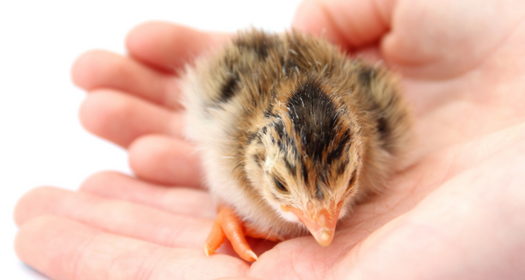
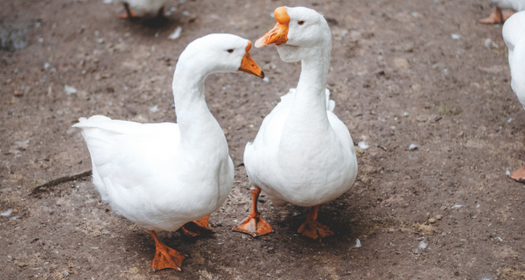
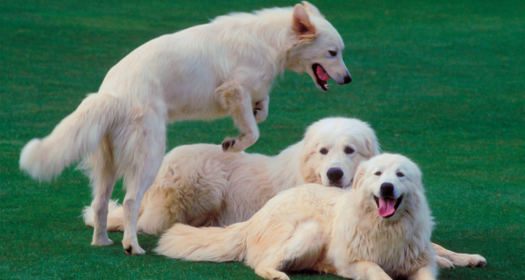
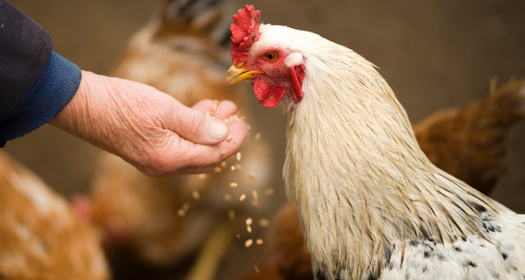
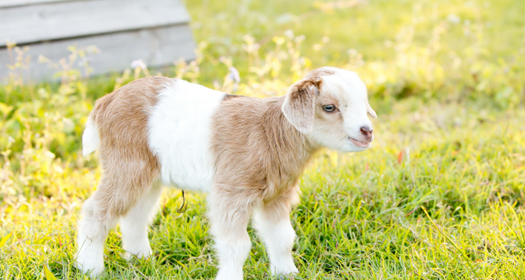



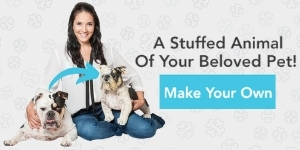
Leave Comment Below